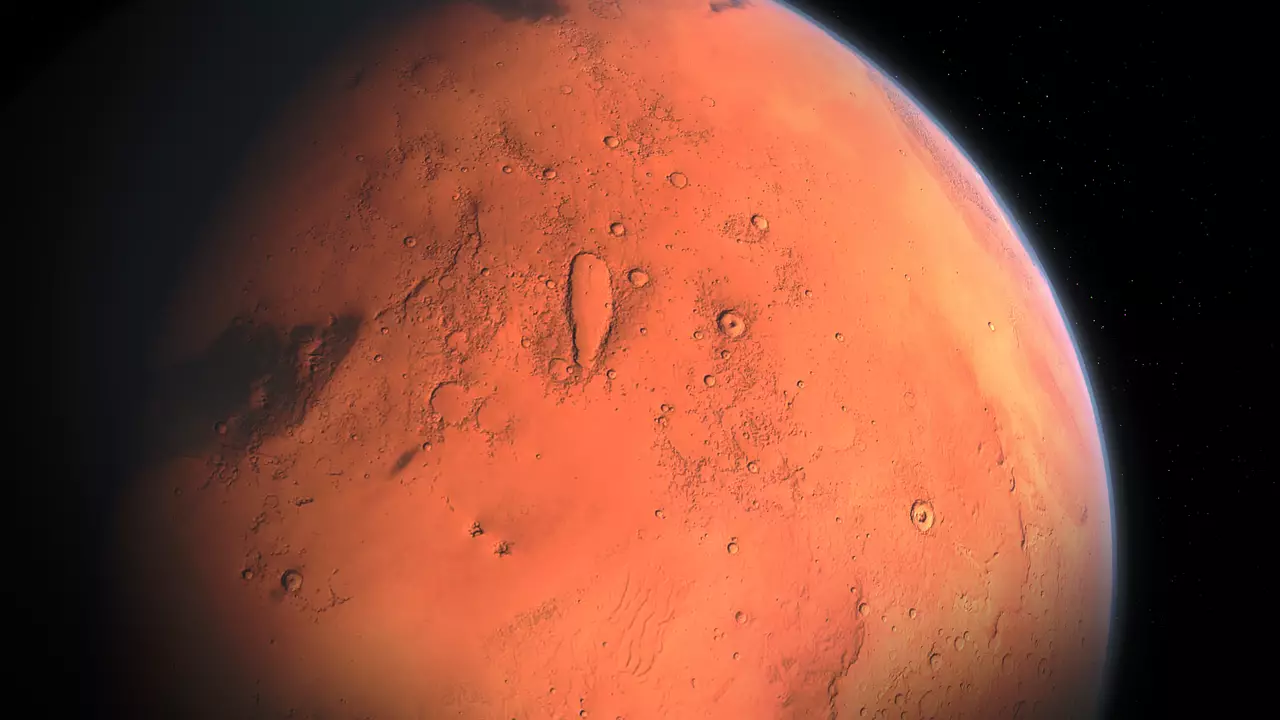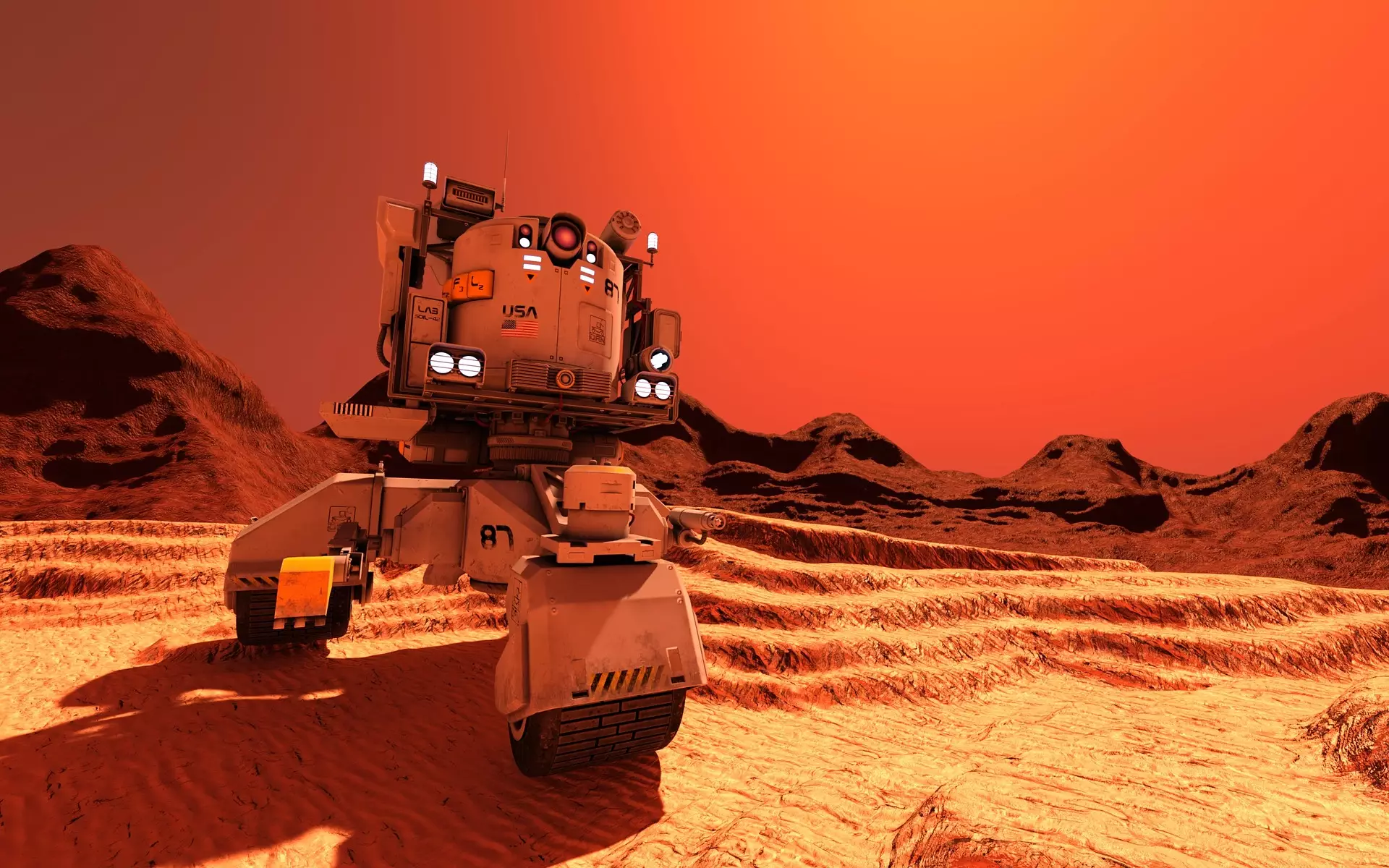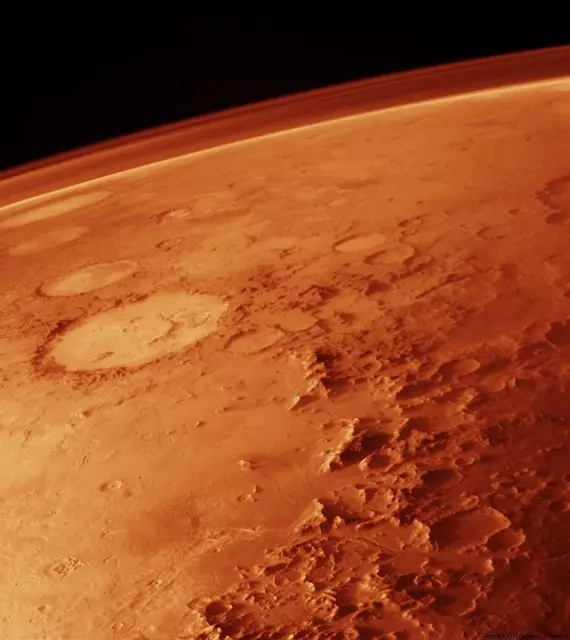
The probability of meaningful life on Mars has taken a hit with the publishing of a report that has found the surface of the Red Planet contains a mixture of chemicals that are poisonous to living organisms.
A scientific research paper published by Jennifer Wadsworth, an astrobiologist at the University of Edinburgh, has found that the combination of rocks taken from the surface of the planet and the ultraviolet light that shines directly on Mars creates an environment in which it is almost impossible for life to exist.
According to Ms Wadsworth, it is possible that life on Mars could exist, but it would have to be below the surface of the Red Planet, where the effect of ultraviolet radiation is decreased.
A distance of two or three metres below the surface is estimated as the depth at which organic life may be possible.

Credit: Creative Commons
Advert
"At those depths, it's possible Martian life may survive," said Ms Wadsworth. "I can't speak for life in the past. As far as present life, it doesn't rule it out but probably means we should look for life underground where it's shielded from the harsh radiation environment on the surface."
The prognosis for Martian life might be poor, but the report represents 'a big step forward' in scientific knowledge of the planet, according to NASA planetary scientist Chris McKay in The Guardian.
"This should greatly reduce planetary protection concerns as well as any concerns about infection of astronauts," said Mr McKay. "But the bad news is that this means we have to dig to quite some depth to reach a biological record of early life that is not completely destroyed by the reactive UV-activated perchlorates."
Perchlorates are powerful oxidants that have been found in Martian soil. It was speculated that perchlorates could be used by aliens as food, but also that they were toxic to those of microbial origin.

Ms Wadsworth and her research partner, Charles Cockell, concentrated on the effects of the powerful ultraviolet rays found on Mars on magnesium perchlorate mixed with a soil bacterium, a combination that sought to replicate a lifeform on Mars.
They discovered that the destruction of the soil bacterium was heavily accelerated when combined with perchlorate and exposed to ultraviolet rays. They then repeated the experiment with other elements that have been found in Martian soil, with similarly devastating effects for anything of organic origin.
The practical upshot of this is that the previous tactic for finding life on Mars - targeting the damp deposits of perchlorates that had been thought to be most hospitable to life - may have to be changed. Drilling is the most obvious way to continue searching, as ultraviolet rays can only penetrate 1.5m into the surface.
Sources: The Guardian and Nature.com
Featured Image Credit: Creative Commons